 PHP Libraries
PHP Libraries
 Other libraries
Other libraries
 password_compat-master Compatibility library for PHP5.5 password functions
password_compat-master Compatibility library for PHP5.5 password functions
In July 2004, the release of the official version of PHP5 marked the arrival of a new PHP era. At its core is the second-generation Zend engine, which introduces support for the new PECL module. The biggest feature of PHP5 is that it introduces all object-oriented mechanisms and retains downward compatibility. Programmers no longer have to write classes that lack functionality and can implement class protection in a variety of ways. In addition, there are no longer problems with object integration. Using PHP5 introduces type hints and exception handling mechanisms, which can handle and avoid errors more effectively.
While being constantly updated, PHP5 still retains the ability for old PHP4 programs to run on the PHP5 platform
PHP5
PHP5
without major problems. With the development of MySQL database, PHP5 is also bundled with the new MySQLi extension module, which provides some more effective methods and practical tools for handling database operations. Most of these methods are implemented in an object-oriented manner, and they also greatly improve the execution speed of database-based Web projects.
In addition, PHP5 has also improved the function of creating dynamic pictures and can support multiple picture formats (such as PNG, GIF, TTIF, JPGE, etc.). PHP5 has built-in support for the GD2 library, so it is no longer difficult to install the GD2 library (mainly in UNIX systems), which makes processing images very simple and efficient.
Most web application developers still use XML as a completely simple database. PHP5 also uses a series of simple, easy-to-use, and powerful methods to process XML documents.
Today, millions of websites, including Yahoo and Amazon, as well as numerous developers and programming enthusiasts are using PHP. From the initial PHP/FI to PHP5, PHP has developed extremely rapidly, and its future development prospects must also be eye-catching.
All resources on this site are contributed by netizens or reprinted by major download sites. Please check the integrity of the software yourself! All resources on this site are for learning reference only. Please do not use them for commercial purposes. Otherwise, you will be responsible for all consequences! If there is any infringement, please contact us to delete it. Contact information: admin@php.cn
Related Article
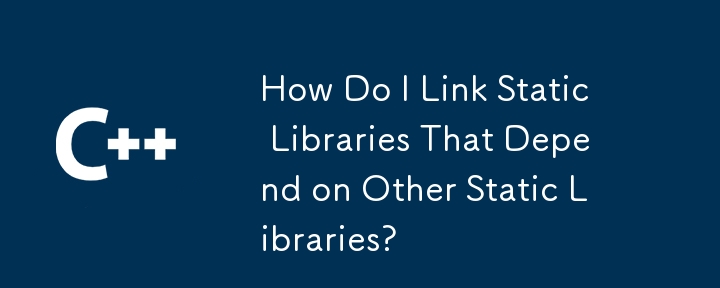 How Do I Link Static Libraries That Depend on Other Static Libraries?
How Do I Link Static Libraries That Depend on Other Static Libraries?
13 Dec 2024
Linking Static Libraries to Other Static Libraries: A Comprehensive ApproachStatic libraries provide a convenient mechanism to package reusable...
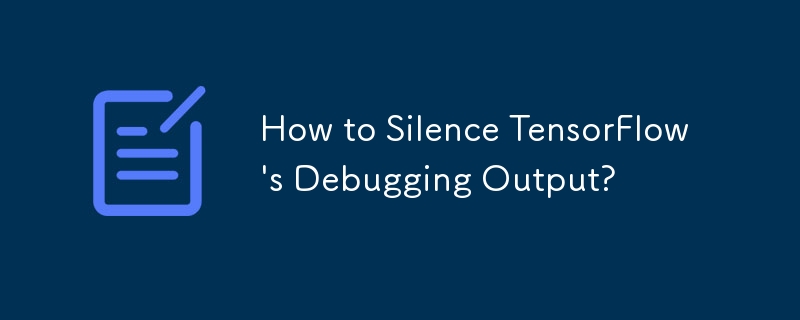 How to Silence TensorFlow\'s Debugging Output?
How to Silence TensorFlow\'s Debugging Output?
28 Oct 2024
Suppression of Tensorflow Debugging OutputTensorflow prints extensive information about loaded libraries, found devices, and other debugging data...
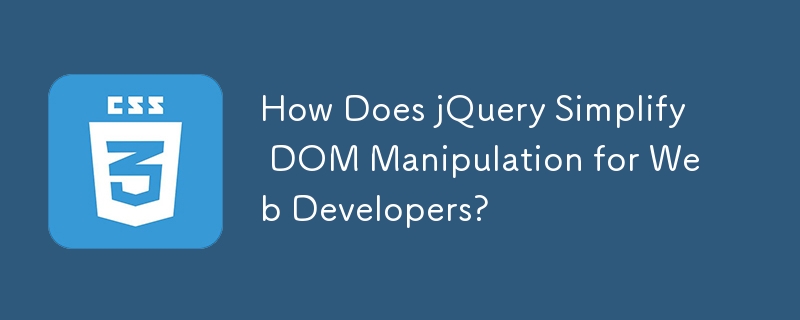 How Does jQuery Simplify DOM Manipulation for Web Developers?
How Does jQuery Simplify DOM Manipulation for Web Developers?
03 Jan 2025
Overflow: Hidden and Expansion of HeightjQuery distinguishes itself from other JavaScript libraries through its cross-platform compatibility and...
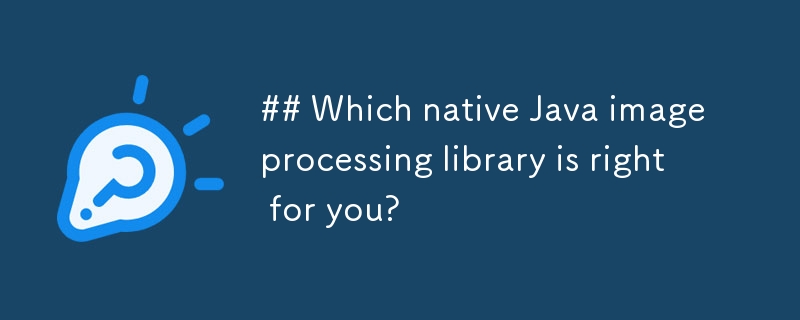 Which native Java image processing library is right for you?
Which native Java image processing library is right for you?
30 Oct 2024
Native Java Image Processing Libraries for High-Quality ResultsAs you have encountered limitations with ImageMagick and JAI, let's explore other...
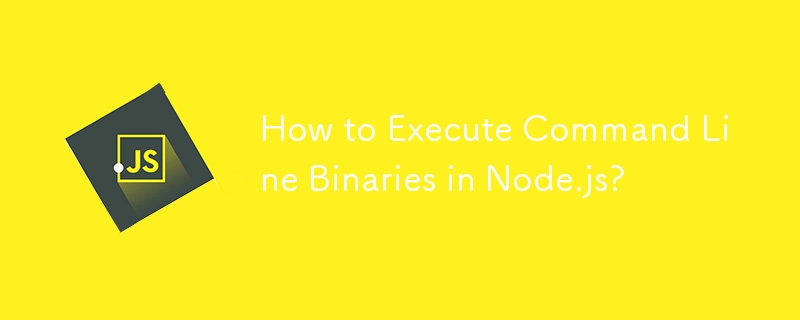 How to Execute Command Line Binaries in Node.js?
How to Execute Command Line Binaries in Node.js?
27 Dec 2024
Executing Command Line Binaries in Node.jsExecuting third-party binaries is an essential task when porting CLI libraries from other languages to...
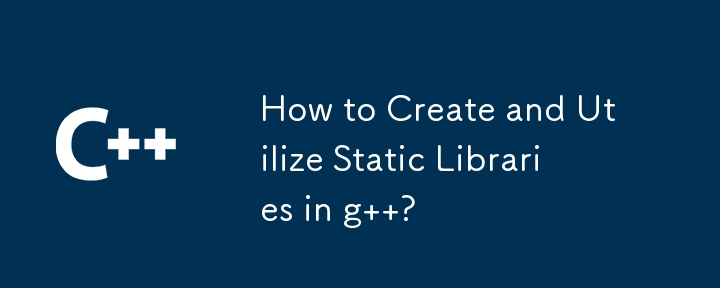 How to Create and Utilize Static Libraries in g ?
How to Create and Utilize Static Libraries in g ?
24 Oct 2024
This article guides developers on crafting static libraries in C using g . It demonstrates how to compile source code into object files, create static libraries, and incorporate them into other projects. By leveraging this approach, developers can


Hot Tools

PHP library for dependency injection containers
PHP library for dependency injection containers
A collection of 50 excellent classic PHP algorithms
Classic PHP algorithm, learn excellent ideas and expand your thinking
Small PHP library for optimizing images
Small PHP library for optimizing images



